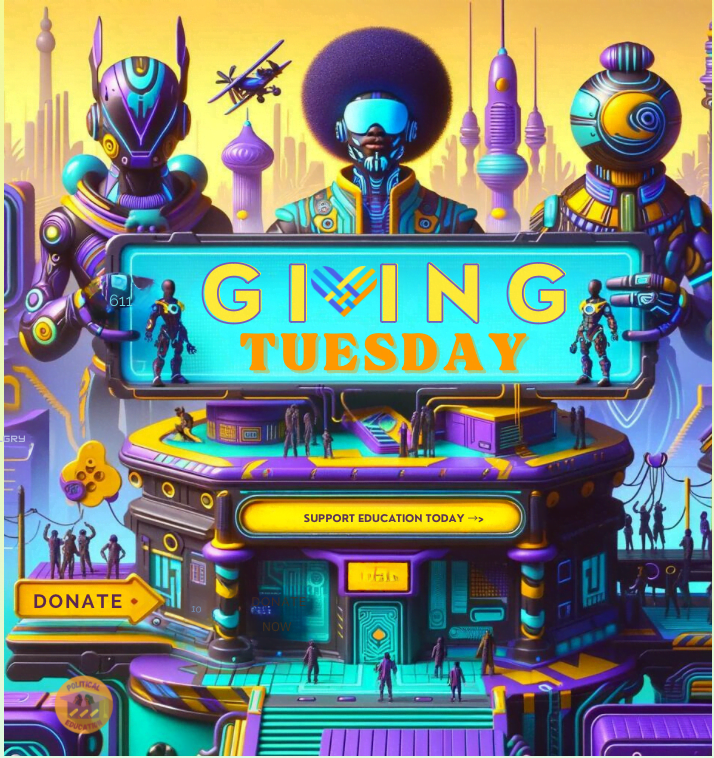The Untold Chapters
Birmingham 16th Street Church Bombings
and Project-C after 60 Years

Six decades have elapsed since the devastating bombing of the 16th Street Baptist Church in Birmingham, Alabama. While this event is often cited as a watershed moment in the Civil Rights Movement, there are facets of its history that remain in the shadows. This article aims to illuminate the untold chapters of the 16th Street Church Bombings and the C-Project in Birmingham, 60 years later.
Worship in Peace
The 16th Street Baptist Church was more than a place of worship; it was a sanctuary for civil rights activists. On September 15, 1963, a bomb exploded, killing four young African American girls—Denise McNair, Carole Robertson, Addie Mae Collins, and Cynthia Wesley. The community had been living under a cloud of threats and violence, primarily from the Ku Klux Klan, long before this tragic day.
Confrontation For Change
"Project C"

Aimed to dismantle segregation in Birmingham, “Project C”, is often eclipsed by other civil rights initiatives, despite its monumental impact. The project was formally known as “Project Confrontation,” and it was designed to confront and challenge the deeply entrenched system of racial segregation in Birmingham, Alabama. The campaign aimed to gain national attention and put pressure on local business owners and politicians to desegregate public facilities and improve employment opportunities for African Americans. It was a strategic effort led by the Southern Christian Leadership Conference (SCLC) and key figures like Ralph Abernathy, and Fred Shuttlesworth to directly confront the issues of racial inequality and injustice.
One of the most notable events under Project C was the Children’s Crusade, where hundreds of school-aged children were trained in the tactics of nonviolent protest. They marched from the 16th Street Baptist Church to City Hall to talk to the mayor about segregation. The police, led by the notorious Public Safety Commissioner Bull Connor, responded with fire hoses and attack dogs. The event was widely publicized and drew national and international outrage.
The Survivors and Lost Stories Untold
Sarah Collins Rudolph, the “fifth little girl,” survived the bombing but lost an eye and suffered other injuries. Her story is rarely told, but it’s not the only one. On the same day as the church bombing, two boys, Johnny Robinson (16) and Virgil Ware (13), were also murdered in racially motivated attacks. Their stories are often omitted from the narrative, yet they are crucial for a comprehensive understanding of that fateful day.
The Long and Winding Road for Justice
The quest for justice was a protracted affair. It wasn’t until 1977 that Robert Chambliss was convicted. The case was reopened multiple times, leading to more convictions in the early 2000s. This drawn-out process highlights the systemic issues that hindered justice.
A Mirror to Today
Sixty years later, Birmingham has undergone transformations, but the scars of the past linger. The city has made efforts to memorialize the event and educate future generations, but recent incidents indicate that the fight against racism and hate is far from over.
The 16th Street Baptist Church Bombings and the C-Project are not just footnotes in history; they are part of an ongoing narrative of struggle for equality and justice. As we commemorate the 60th anniversary, it’s crucial to remember the lesser-known stories and the lessons they offer for today and tomorrow.


